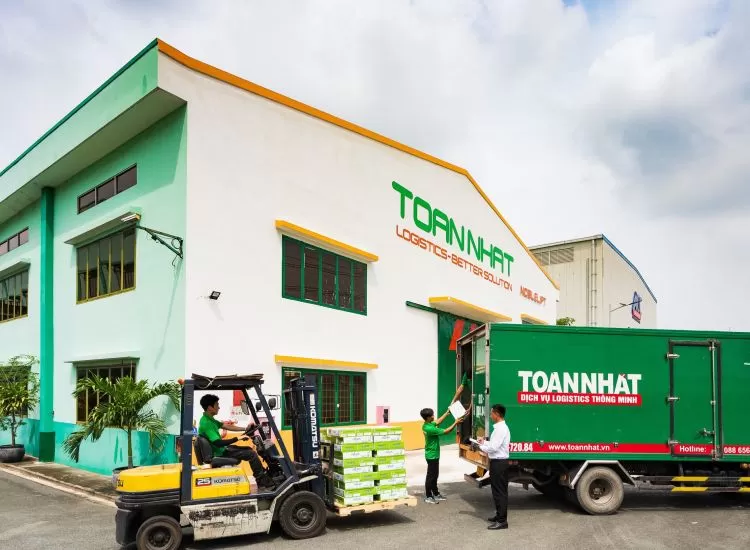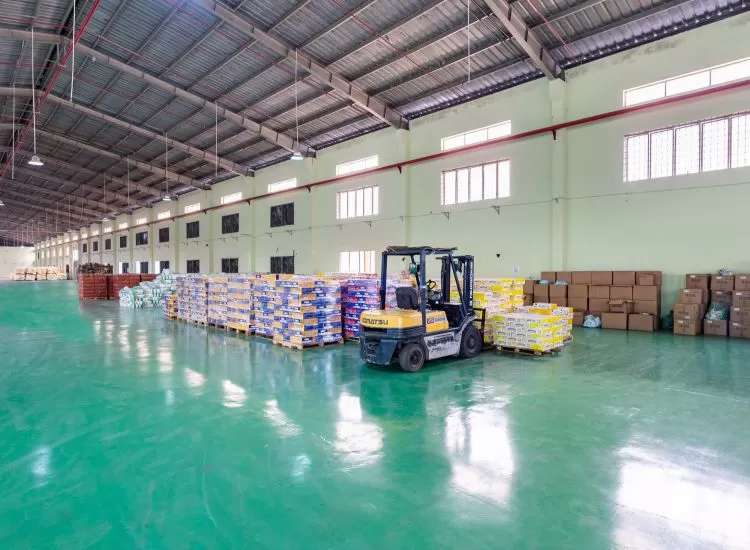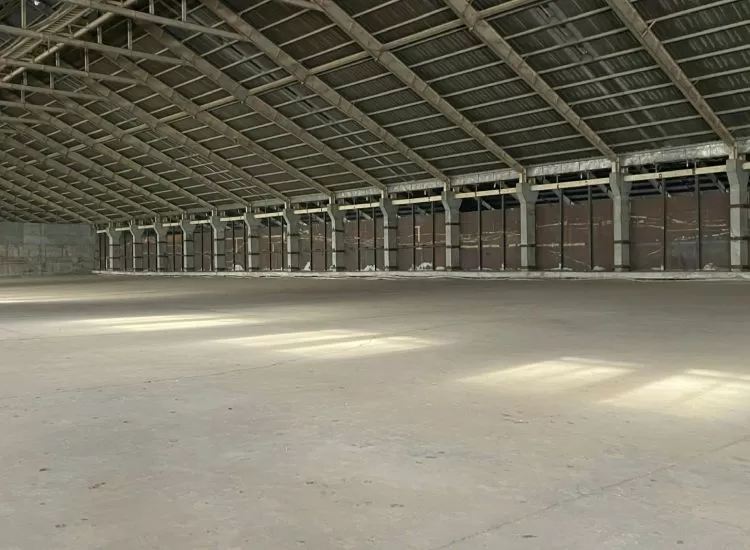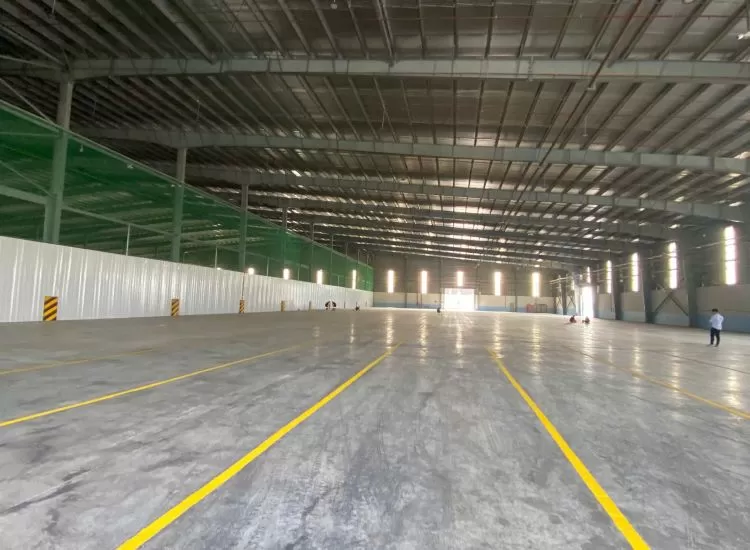Container Leasing Rates Skyrocket Amid Equipment Repositioning Imbalances
Surging demand for containers on the US West Coast, coupled with imbalanced equipment repositioning, has led to a dramatic increase in container leasing rates.
.jpg)
Online container leasing and trading platform Container xChange reports that leasing rates to the US West Coast have surged by more than 220% since the Red Sea crisis in late November/December last year.
Shippers in the US are diverting cargo from the East Coast to West Coast ports, further boosting Southern California port volumes and pushing container leasing prices through the roof.
One Container xChange client said: "We anticipate equipment shortages due to the lack of container repositioning in Asia for eastbound goods. Furthermore, disruptions in the Suez, Red Sea passage, and Panama Canal will likely lead to increased demand for routing through the West Coast."
Indeed, Southern Californian ports reported similar volume increases in January. The Port of Los Angeles handled 855,652 TEU in January, recording "the second-best start to the year on record."
Only during the pandemic-induced freight surge in January 2022, the sixth consecutive month of year-on-year increases, and an 18% increase on January 2023.
At Long Beach, a 17.5% volume rise in January, year-on-year saw the port handle 674,015 TEU. Imports increased 23.5% to 325,339 TEU, while exports were down 18.1% to 86,525 TEU. Empty containers moved through the port increased 28% to 262,151 TEU.
Blue Alpha Capital analyst John McCown recently examined the container imbalances at the three major ports of Los Angeles, Long Beach, and New York. He said that these imbalances have increased significantly since 2010.
Los Angeles recorded an import-export imbalance of 3.44, meaning that for every 3.44 import containers, there is only 1 export container. This is an increase of 1.28 from 2010 and 0.76 from 2019. The figure for New York was 3.1 in 2023, an increase of 1.41 and 2.58 from 2010 and 2019 respectively. Long Beach has seen similar freight imbalances, reaching 2.97 last year from 2.55.
McCown said: "While the upward trend in the overall imbalance ratio has been consistent, it has accelerated in recent years."
According to McCown's research, the five-year period from 2018 saw a 54% increase in cargo imbalances at major US ports, compared to the previous 10 years from 2008.
"The economics of having so little revenue generating outbound loads, relative to inbound loads makes a container system less efficient than it would otherwise be. Mulitple parties share the resulting economic burden," said McCown.
It is the US's poor export performance that has exacerbated the imbalance issues, and McCown points to the "impact of the China tariffs," as the major reason for the decline in US exports since 2018, a decline of 12.2% in the five years to 2023.
This imbalance could be about to get worse, as Christian Reoloffs, Co-Founder and CEO of Container xChange points out: "The gains in consumer spending and retail sales figures suggest that our industry can expect decent demand recovery for goods, which translates into relatively higher container demand on the cards, as retailers restock inventory and fulfil consumer orders."
According to Container xChange, US consumer spending is increasing, up to 3.3% annually, in the fourth quarter of last year with lower inflation and "solid" household spending the US economy has a positive economic outlook.
Source: Phaata.com (According to SeatradeMaritimes)
Phaata.com - Vietnam's First International Logistics Marketplace
► Find Better Freight Rates & Logistics Services!























.webp)
.webp)
.webp)
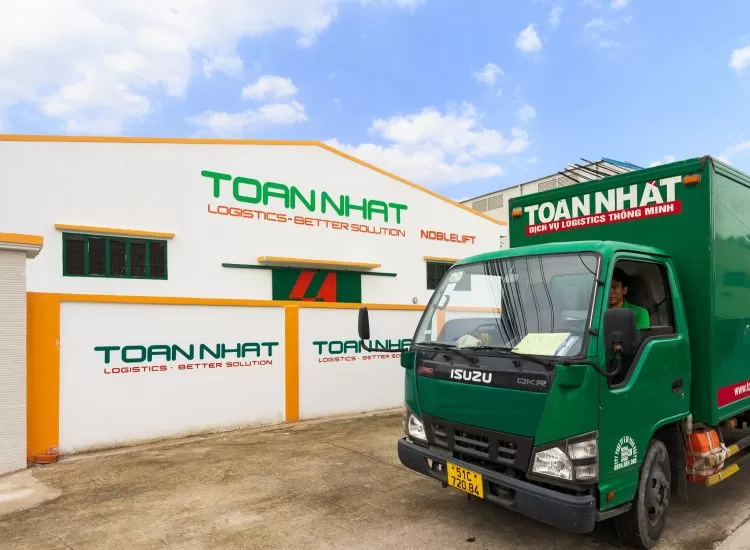
.webp)
